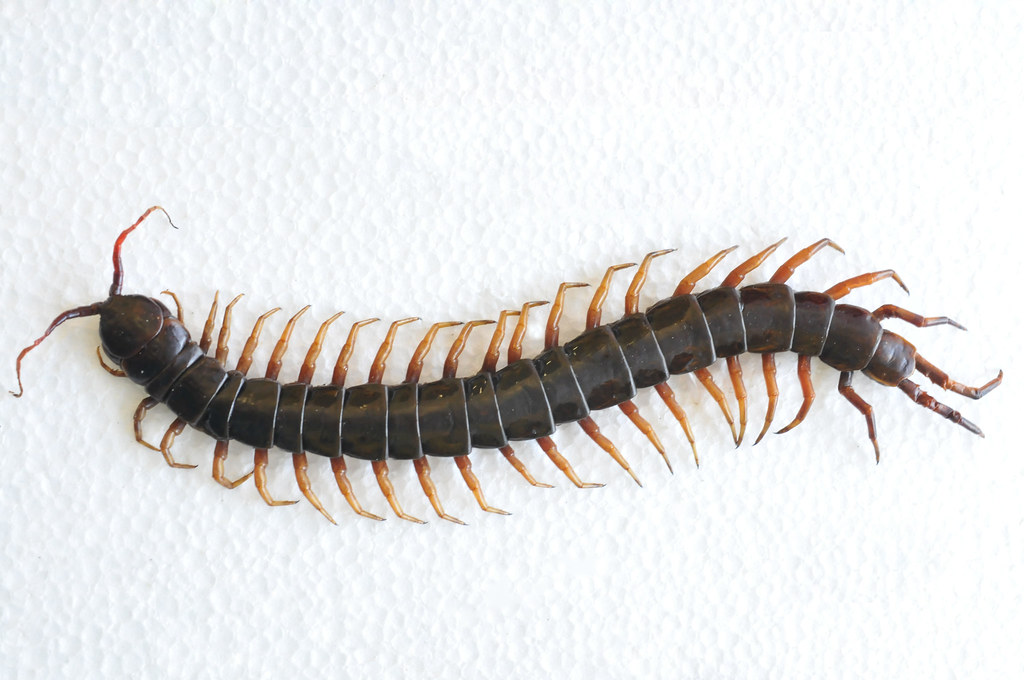Discovering a house centipede skittering across your bathroom floor or basement wall is enough to startle even the bravest homeowner. With their long, wiggling legs and lightning-fast speed, their appearance is undeniably alarming. The immediate instinct is often to reach for a shoe or a rolled-up newspaper. But before you take action, it’s worth knowing that this unsettling creature is actually one of the most beneficial visitors you can have in your home, and eliminating it could be a mistake.
The very features that make the house centipede so frightening are what make it such an effective pest controller. Its numerous legs allow for incredible agility and speed, making it a formidable hunter. This unique physique is perfectly designed for chasing down and capturing other, far more problematic household pests. Think of the house centipede not as a pest itself, but as a tiny, self-motivated exterminator that works for free, patrolling the dark, damp corners of your home.

So, what exactly is on its menu? The house centipede has a voracious appetite for many of the insects that homeowners truly despise. It actively hunts and consumes cockroaches, spiders, silverfish, ants, and termites. By allowing a house centipede to reside in your home, you are effectively deploying a natural defense force against infestations. Its constant hunting can significantly reduce the population of these unwanted guests, often preventing a small problem from becoming a major one.
A common concern is whether these many-legged hunters are dangerous. The reassuring answer is that house centipedes are not a threat to humans or pets. Unlike some of their outdoor relatives, they are not poisonous to people. Their jaws are too weak to puncture human skin, and the tiny amount of venom they produce is only potent enough to subdue their small insect prey. They are reclusive by nature and would much rather flee from a human than confront one.
If the thought of cohabitating is still too much to bear, there are humane ways to manage their presence. Reducing humidity in areas like basements and bathrooms makes your home less inviting to them. If you find one, you can simply capture it under a glass and release it outside in a damp, leafy area. By understanding the valuable role of the house centipede, you can see it not as a monster, but as a helpful ally in maintaining a healthy, pest-free home.


